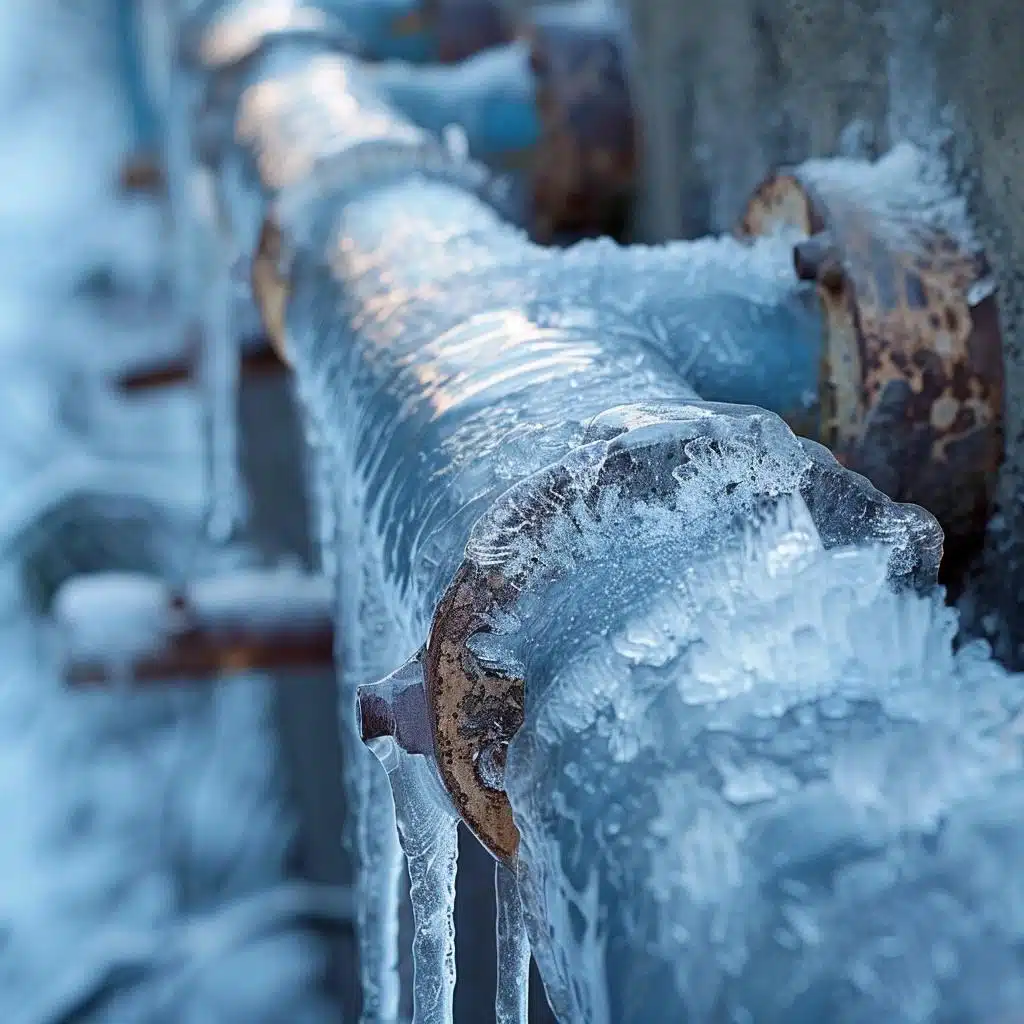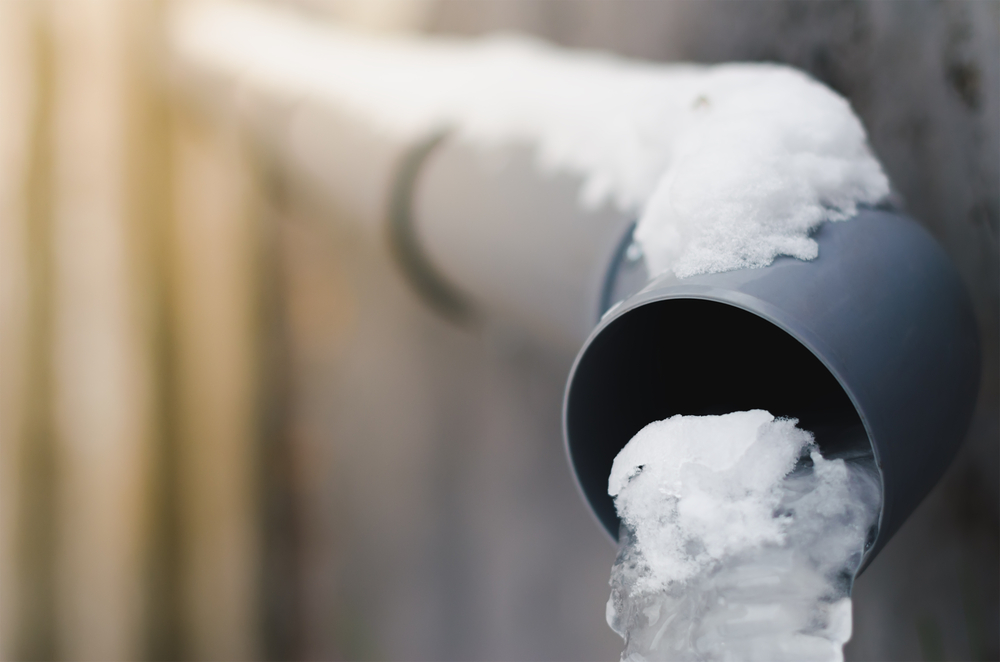How do you actually feel on the subject of Winter Plumbing Precautions: Preventing Frozen Pipes?

Winter can ruin your pipes, particularly by freezing pipelines. Below's just how to prevent it from happening and what to do if it does.
Introduction
As temperatures drop, the threat of frozen pipes rises, potentially resulting in costly repairs and water damages. Comprehending just how to stop icy pipes is crucial for home owners in chilly environments.
Prevention Tips
Shielding at risk pipelines
Wrap pipes in insulation sleeves or use warmth tape to shield them from freezing temperatures. Focus on pipes in unheated or external locations of the home.
Heating strategies
Maintain indoor spaces effectively heated up, particularly locations with plumbing. Open cabinet doors to permit warm air to circulate around pipes under sinks.
Exactly how to determine icy pipes
Look for decreased water flow from faucets, uncommon odors or sounds from pipes, and noticeable frost on exposed pipelines.
Long-Term Solutions
Structural adjustments
Consider rerouting pipelines away from outside walls or unheated locations. Add additional insulation to attics, cellars, and crawl spaces.
Updating insulation
Invest in top quality insulation for pipes, attic rooms, and walls. Appropriate insulation assists keep regular temperatures and minimizes the danger of icy pipelines.
Shielding Exterior Plumbing
Garden hose pipes and outside taps
Separate and drain pipes garden tubes before winter months. Set up frost-proof spigots or cover outside taps with protected caps.
Understanding Icy Pipes
What creates pipes to ice up?
Pipelines freeze when subjected to temperature levels below 32 ° F (0 ° C) for expanded periods. As water inside the pipes ices up, it expands, taxing the pipeline walls and potentially triggering them to rupture.
Dangers and problems
Icy pipes can result in water disruptions, residential property damages, and pricey repairs. Burst pipes can flooding homes and create extensive structural damages.
Indicators of Frozen Pipes
Recognizing icy pipes early can prevent them from breaking.
What to Do If Your Pipelines Freeze
Immediate activities to take
If you presume icy pipes, keep faucets open to eliminate pressure as the ice thaws. Use a hairdryer or towels soaked in warm water to thaw pipelines gradually.
Final thought
Preventing icy pipelines needs proactive actions and fast actions. By comprehending the reasons, indications, and preventive measures, homeowners can secure their plumbing during winter.
5 Ways to Prevent Frozen Pipes
Drain Outdoor Faucets and Disconnect Hoses
First, close the shut-off valve that controls the flow of water in the pipe to your outdoor faucet. Then, head outside to disconnect and drain your hose and open the outdoor faucet to allow the water to completely drain out of the line. Turn off the faucet when done. Finally, head back to the shut-off valve and drain the remaining water inside the pipe into a bucket or container. Additionally, if you have a home irrigation system, you should consider hiring an expert to clear the system of water each year.
Insulate Pipes
One of the best and most cost-effective methods for preventing frozen water pipes is to wrap your pipes with insulation. This is especially important for areas in your home that aren’t exposed to heat, such as an attic. We suggest using foam sleeves, which can typically be found at your local hardware store.
Keep Heat Running at 65
Your pipes are located inside your walls, and the temperature there is much colder than the rest of the house. To prevent your pipes from freezing, The Insurance Information Institute suggests that you keep your home heated to at least 65 degrees, even when traveling. You may want to invest in smart devices that can keep an eye on the temperature in your home while you’re away.
Leave Water Dripping
Moving water — even a small trickle — can prevent ice from forming inside your pipes. When freezing temps are imminent, start a drip of water from all faucets that serve exposed pipes. Leaving a few faucets running will also help relieve pressure inside the pipes and help prevent a rupture if the water inside freezes.
Open Cupboard Doors
Warm your kitchen and bathroom pipes by opening cupboards and vanities. You should also leave your interior doors ajar to help warm air circulate evenly throughout your home.

I'm very interested in Helpful Tips to Prevent Frozen Pipes this Winter and I really hope you enjoyed the page. For those who enjoyed reading our article plz do not forget to pass it around. Thank you so much for taking the time to read it.
Instant Quote